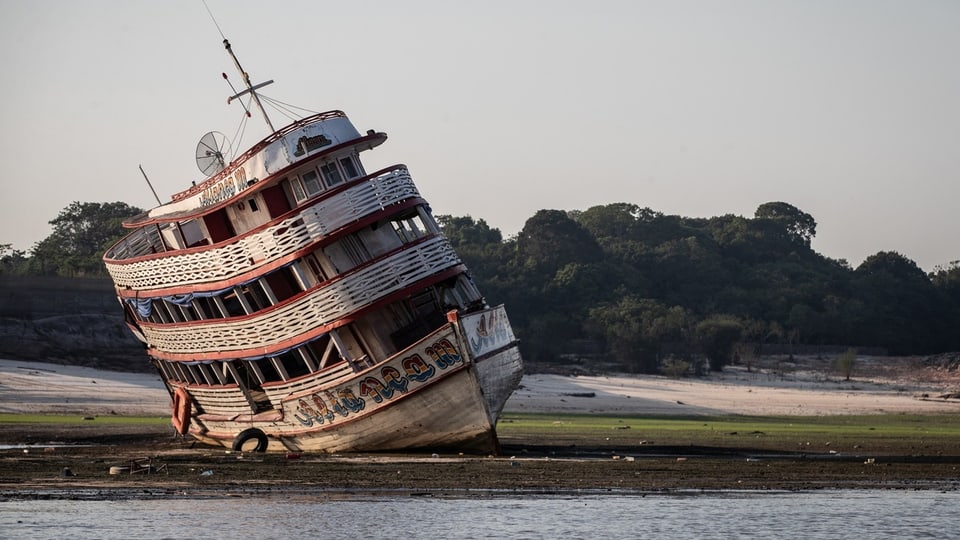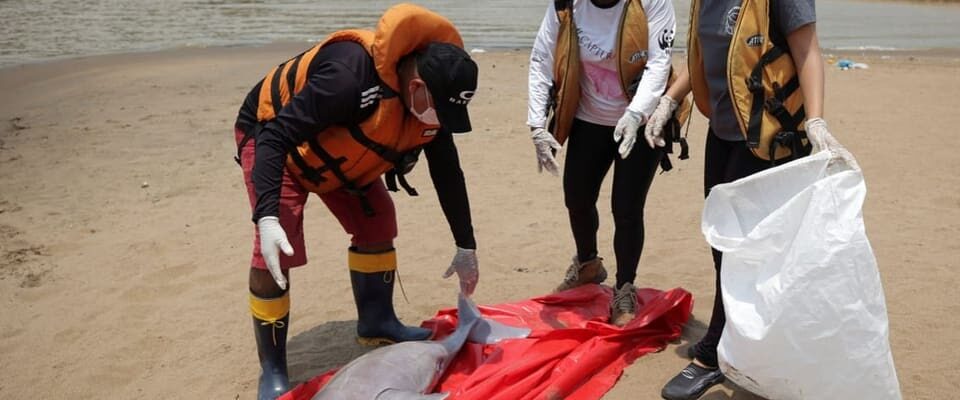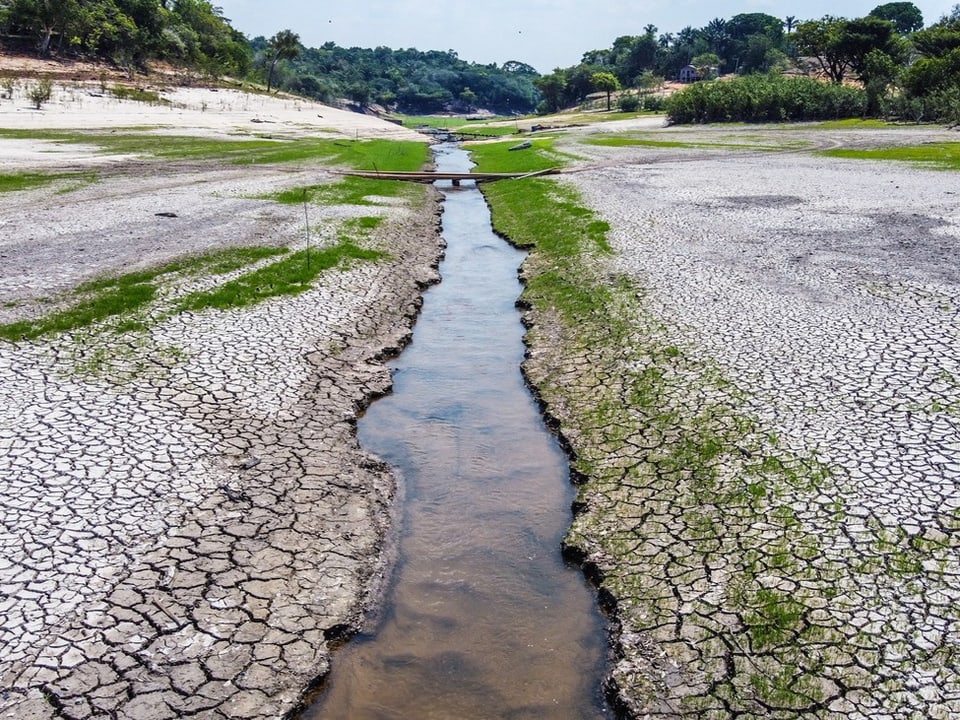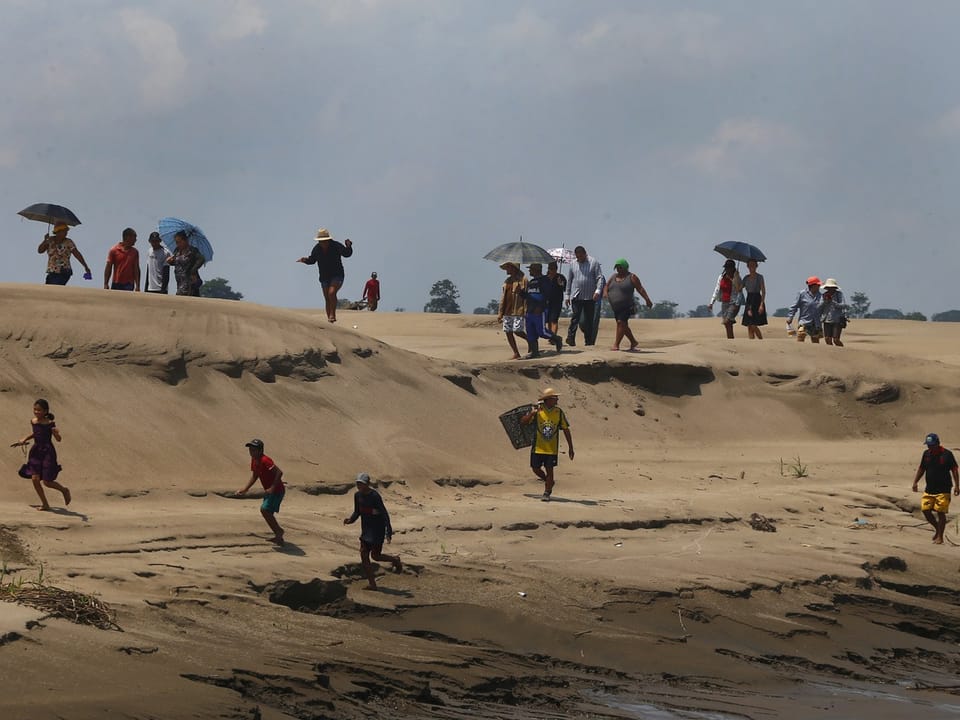Contents
The government in the Amazon has declared a state of emergency: ships are stranded and dolphins are dying. Three reasons for the drought.
The Amazon is suffering from the worst drought since records began over 120 years ago. An estimated fifth of the earth’s fresh water flows through the Brazilian Amazon.
But the rivers in the Amazon are drying up, with serious consequences for animals and plants. Hundreds of thousands of people suffer from acute supply problems. The government in the state of Amazonas has declared a state of emergency.
Dying dolphins
The Rio Negro, for example, the second largest tributary of the Amazon, has less water than ever before since measurements began. This has an impact on the animal world: hundreds of freshwater dolphins have already died – why exactly is still being investigated.
The drought also has dire effects on the people in this area, which is the size of Western Europe. They hardly catch any fish anymore and the water transport routes often no longer work. This makes the supply of food, medicine and water precarious.
Global warming, deforestation and “El Niño”
Scientists see three main factors for the once-in-a-century drought. On the one hand, the weather phenomenon “El Niño” regularly means that the north of South America receives much less rain than in normal years, while the south receives even more. But that alone does not explain the extent of the drought.

Legend:
The drought in the Amazon region is affecting 633,000 people and 62 cities.
EPA / Andre Coelho
Added to this is global warming, particularly the unusual warming of water temperatures in the northern Atlantic. Why this happened so quickly is still a headache for scientists. The result is that the region shifts towards the north with lots of clouds and rain.
Finally, deforestation of the rainforest also contributes to this: this year it has decreased again in Brazil – but in previous years it was record high. 20 percent of the Amazon has now been deforested and 40 percent has been damaged. Although the trees are still standing, they are vulnerable to fires due to the drought. There is no all-clear for now. According to meteorologists, the weather phenomenon “El Niño” is likely to last at least until April.


